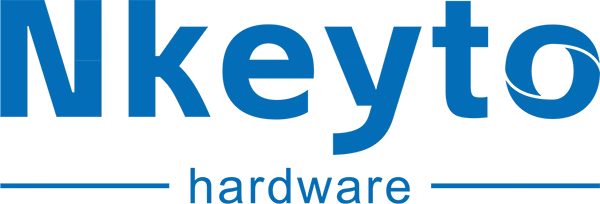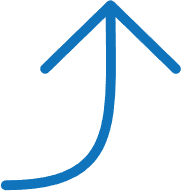Contact Us

Tel:
Email:
Add:
13th Building, 202, Dawangshan Second Industrial Zone, Dawangshan Community, Shajing Street, Bao'an District, Shenzhen, Guangdong Province
Etching Technology
Release Time: 2025-03-03
Laser cutting operates at high temperatures, which can cause heat distortion. However, for applications requiring precise processing of ultra-thin materials, we also offer a complete etching solution that avoids thermal deformation.
Etching is a technique that uses chemical, physical, or electrochemical reactions to remove certain areas of a material’s surface. It is widely used for processing metals, glass, ceramics, and semiconductors. Etching enables the creation of complex patterns or fine structures, typically used in microelectronics, precision manufacturing, printed circuit boards (PCBs), and decorative arts.
We use metal chemical etching to produce parts that are perfectly free of deformation, with precise complex patterns. Our etching processing is cost-effective, with high precision and no deformation. We have extensive production experience and are adept at adjusting processing parameters based on customer needs.
Etching Process:
Principle: Materials are immersed in a chemical etching solution, where chemical reactions remove the unwanted parts of the surface. Common etching solutions include acidic or alkaline solutions.
Applications: Used in surface patterning of metals, glass, and ceramics. For example, wet etching is used in PCB manufacturing to remove unprotected copper layers, leaving the circuit pattern.
Steps:
Coating with photo-sensitive materials (e.g., photoresist).
Exposure and development: Transfer the design pattern onto the photo-sensitive material via photolithography.
Etching: Immerse the exposed area into the etching solution to chemically remove the unwanted material.
Stripping: Remove the photoresist and etching solution, leaving the etched pattern.
Advantages of Etching:
High Precision: Wet etching enables precision control down to 10-micron levels.
Versatility: Suitable for various metal materials.
Efficiency: Especially useful for long production cycles requiring mass production.
Complex Patterns: Capable of producing intricate patterns or tiny structures for precision manufacturing.









